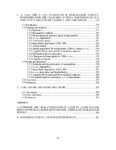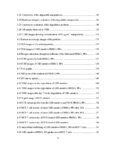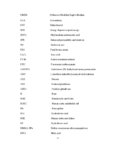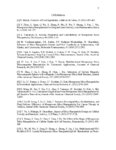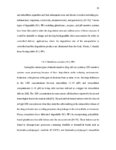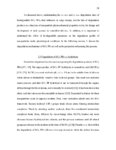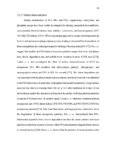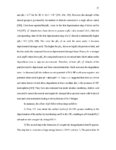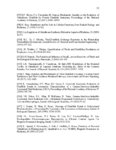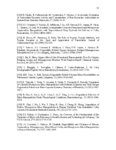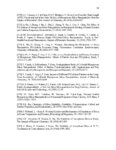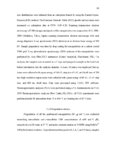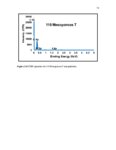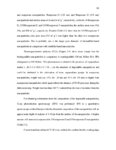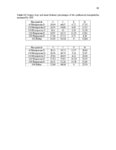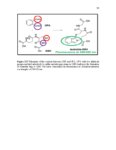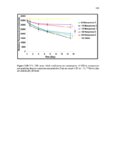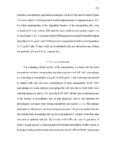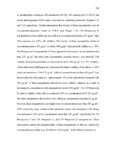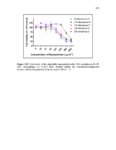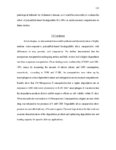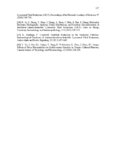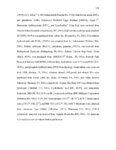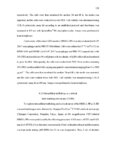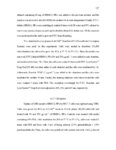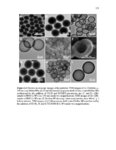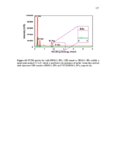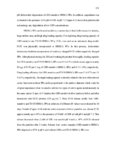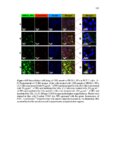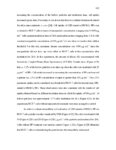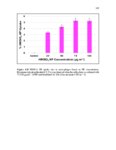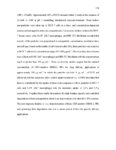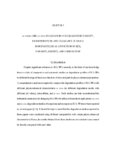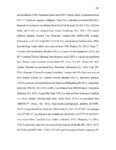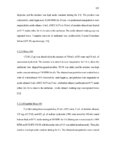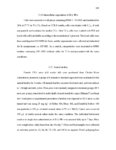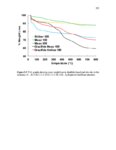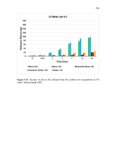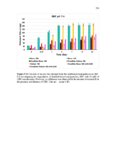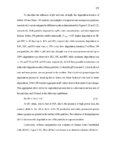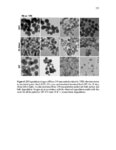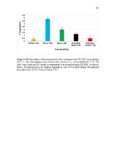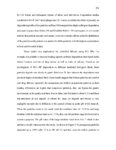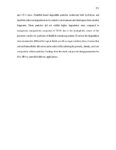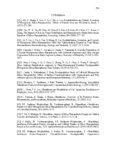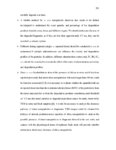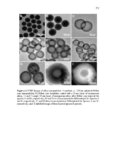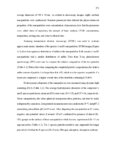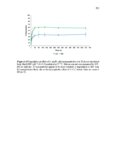| Title |
Polysulfide-based biodegradable silica nanoparticles: synthesis, characterization, and biological fate |
| Publication Type |
dissertation |
| School or College |
College of Pharmacy |
| Department |
Pharmaceutics & Pharmaceutical Chemistry |
| Author |
Moghaddam, Seyyed Pouya Hadipour |
| Date |
2019 |
| Description |
Silica nanoparticles (SiO2 NPs) have attracted attention for delivery of bioactive and imaging agents due to their stability, robustness, ease of synthesis and scale up and the ability to protect active pharmaceutical ingredients. For these constructs to advance to clinical use detailed understanding of the influence of physicochemical properties on degradation and biological fate is needed. Majority of SiO2 NPs studied to-date lack controlled biodegradability under physiologic conditions. Another drawback is associated with low loading capacity and the limited control over release from porous nanostructures. Despite significant research, there is a lack of comparative and systematic in vitro and in vivo investigation of SiO2 NPs degradation profiles. In this dissertation, glutathione (GSH)-sensitive polysulfide-based biodegradable SiO2 NPs with variations in size, porosity, and composition were synthesized and characterized. Their degradation was evaluated. Results indicate that nonporous nanoparticles undergo surface erosion while porous nanoparticles undergo both surface and bulk erosion under reducing environment. Tunable GSH-sensitive hollow mesoporous SiO2 NPs were developed using a compositional and structural difference-based selective etching strategy. These hollow nanoparticles contained disulfide (S-S) linkages in the outer shell which were reduced by GSH. The particles showed a high loading capacity for doxorubicin as a model drug. A series of particles with variations in size, porosity, density, and composition were compared iv for their degradation in vitro and in CD-1 mice. Results of these studies indicate that nanoparticle porosity and composition as well as the pH of the medium play the predominant roles for the degradation of SiO2 NPs. These studies have provided a baseline for designing biodegradable silica nanoparticles for specific drug delivery applications. |
| Type |
Text |
| Publisher |
University of Utah |
| Dissertation Name |
Doctor of Philosophy |
| Language |
eng |
| Rights Management |
(c) Seyyed Pouya Hadipour Moghaddam |
| Format |
application/pdf |
| Format Medium |
application/pdf |
| ARK |
ark:/87278/s6kc8x0s |
| Setname |
ir_etd |
| ID |
1742864 |
| Reference URL |
https://collections.lib.utah.edu/ark:/87278/s6kc8x0s |








